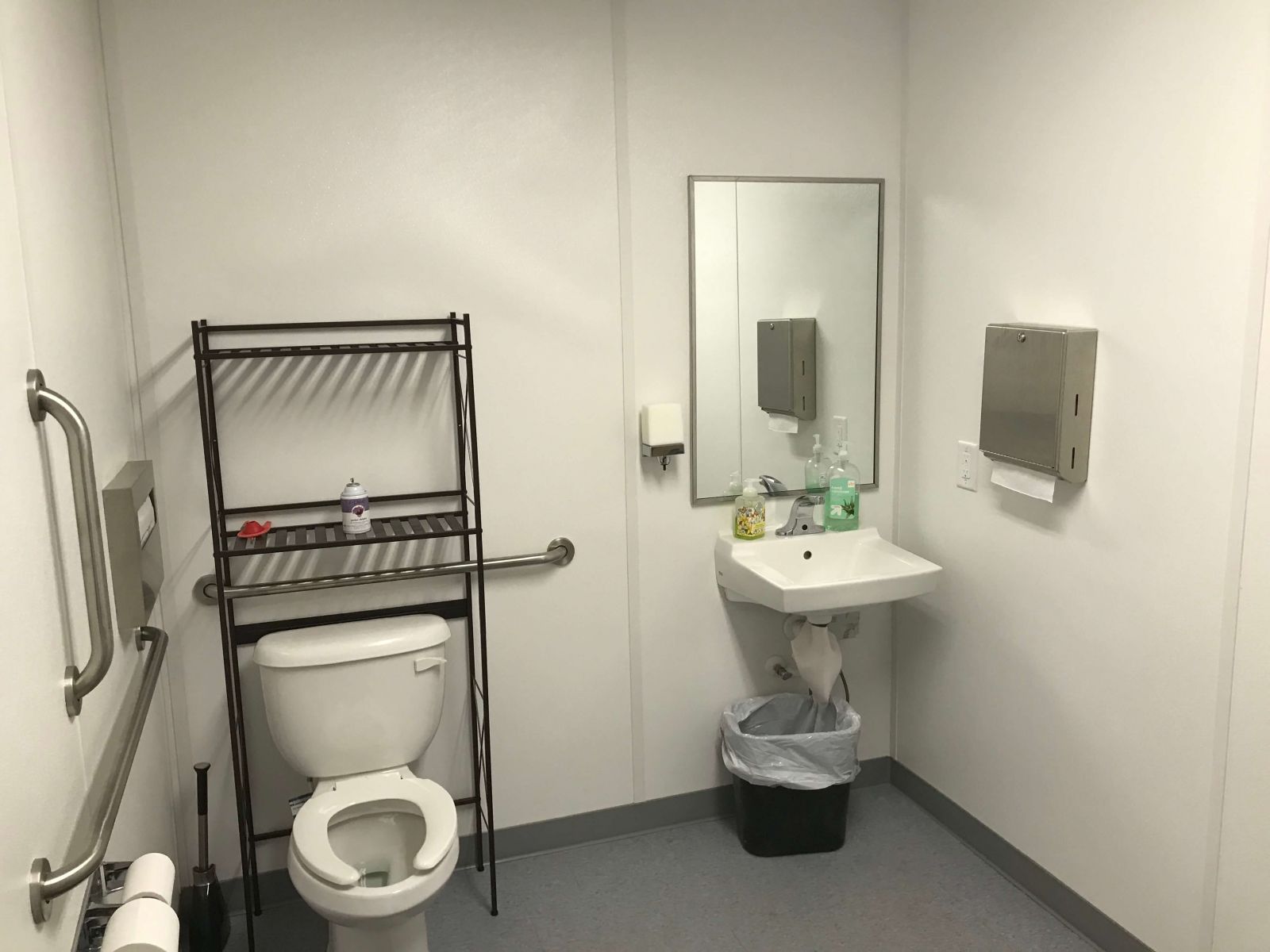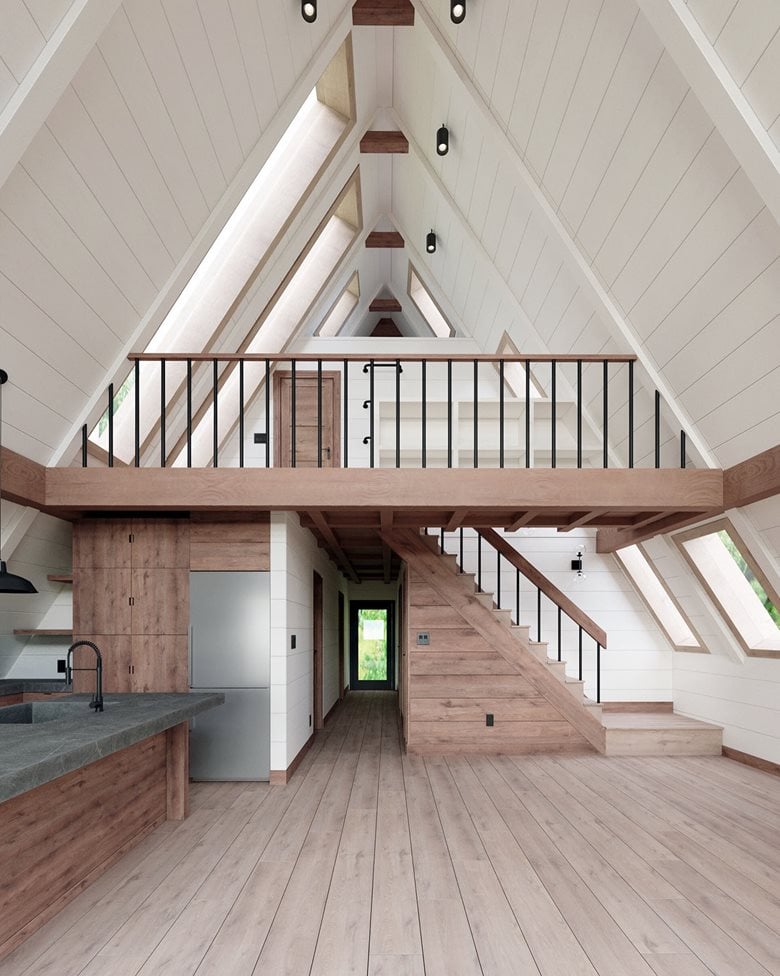How Much Does Adding a Modular Addition to Existing Home Cost?
Table of Content
Post-construction cleaning makes your space livable faster. Do not overlook the designing aspect of the addition because it is an important step. Your addition must match the details of your home inside and out to be seamless and to get the most value. Designing also makes the most of the space, so more is done with less square footage. Building an addition is generally a good idea if you want to stay in your home but lack the space for your needs.
Furniture needs to be moved, and window coverings are taken down. If your joists are a 2’ x 8’ (which is only 7 ¼” deep), those joists can extend 29” past the building. You often need to own or buy a piece of land before installing the modular home. Adding a driveway, garage, utility connections, and landscaping are not included in buttoning up. Pier and beam foundations are the most popular and cheapest option and are typically set up in one day.
Should You Add On or Build Up?
Yes - there can be issues as not everyone is a fan of prefab construction, so it can sometimes be tricky when planning permission is required. Prefab constructions are also designed with a shorter lifespan, typically around 40 years. It's important to remember that an extension costs much more than just the cost of the structure itself. The downfall of a wet system is that you require professional bricklayers to ensure that the new structure is built correctly. Prefabricated modular house extensions removes the need for this making the installation quick, easy and simple. A modular room extension will cost between $20,000 and $30,000.
Modular homes are safe, permanent structures that meet building code standards and regulations like site-built homes. Modular homes use 15 to 20 percent more wood and undergo strict inspection and testing before delivery. That makes them stronger and safer than traditionally built homes. Building a modular home is 30% faster than a site-built house and takes 2 to 6 months for the construction, delivery, and assembly. The time depends on the size, customizations, and number of modules, and workers. The set-up time on-site takes only 4 to 6 weeks with a dozen workers.
Additional Considerations and Costs
There’s no evidence to say that modular extensions are worth any less than standard extensions. Clients need to make allowance for compliance and approval related costs such as land survey, soil test, planning permit, and building permit. A conservatory is an extension which is built with a glass roof and walls.

You’re essentially building an entirly new house on top of your existing home without the cost of a foundation. All the plumbing will have to be brought up to the second floor, as well as the electrical wiring. Framing and drywall must be installed to create rooms, and all walls and ceilings painted.
Modular Home Extension
This basic garage addition cost includes no high-end customizations. Generally, the larger the square footage, the less it will cost, in the case of building a garage. The price depends on the cost of local materials and labor, and you’ll want to match the color and type of roofing and siding materials. A garage addition can recoup about 80% of the cost in relation to the home’s increased equity.

If you live in an area with all one-story homes, adding a second floor to your home may not realize a good return. If you decide to sell your home, you need to keep the comparable prices of the surrounding area in mind. No matter how nice the addition to your home is, if it’s priced far above similar homes, you won’t see as great of a return on investment.
While galvanised steel costs £42 to £200 per square metre or more. The reason for this is because space is a sought-after commodity, along with additional bathrooms which are a huge selling point. Prefab is short for prefabrication, which means that a prefab extension is a building that is pre-built offsite and is therefore ready for installation on delivery. There are a variety of manufacturers who produce prefab extensions according to an individual’s preferences. Find out in this guide where we cover all the costs included in building prefabricated extentions and modular extensions. It is vital to us that we offer our loyal customers with only the best.
Drainage is also an important aspect, as any extension should have both foul drainage and surface water drainage in separate areas, especially when building a bathroom extension. Prefab extensions are usually made up of timber or steel frame structures which are designed and manufactured in workshops and factories. Once the prefab installation is in place, technical installations such as the plumbing work, electrical wires, heating and ventilation systems should be fitted.
Timber frame panels are one of the most common materials, which cost around £70 per square metre and are used to construct prefab construction. Timber panels are made up of plywood sheets which are fixed in place with studs. These are then wrapped in a waterproof barrier and external cladding.

Even if you’re not a handy, DIY kind of person, you can do things like preparing the site, clean up, haul away, or deliver to save on remodeling costs. A good general contractor will know which permits to obtain, and they will have subcontractors ready to work on the various parts of your addition. Things like electrical work, plumbing, and HVAC will need to be subcontracted. They may even subcontract the painting, roof, and concrete foundation work. A contractor will also be able to give input on your home addition ideas. HVAC & Ducting – Installing additional ductwork typically costs $800 to $1,600.
Price Your Job Comparing quotes of thousands of jobs to find average costs so that we can give homeowners a good starting point before they look to hire a tradesman. A Prefab is typically built off-site and can be designed to meet a homeowner’s exact requirements, including everything from roof tiles to wall materials, doors and windows. Structural Insulated Panels can be considered a further variation of timber frame construction as they use timber-based boards with rigid insulation between them. They are very strong panels which are well insulated and are generally used plasterboard in a similar manner to conventional timber frame buildings.
The average cost to build a stick-built house is $100 to $200 per square foot. Modular home prices range from $80 to $160 per square foot on average. Huntington Homes cost $110 to $275 per square foot include delivery and placement, but finishing may add additional charges. Huntington Homes offers 100+ floor plans ranging from 624 to 4,632 square feet and provides turn-key installation services in addition to selling to builders. An average 1,500 square foot log home costs $100,000 to $150,000 for just the base kit without installation.
Modular Home Cost Per Square Foot
Living room additions cost between $40,000 and $60,000 on average. The living room is often smaller but more formal than the family room. So while there is less space, it is more likely to have higher-end materials like exotic hardwood2 or marble floors and nicer features and moldings.
Comments
Post a Comment